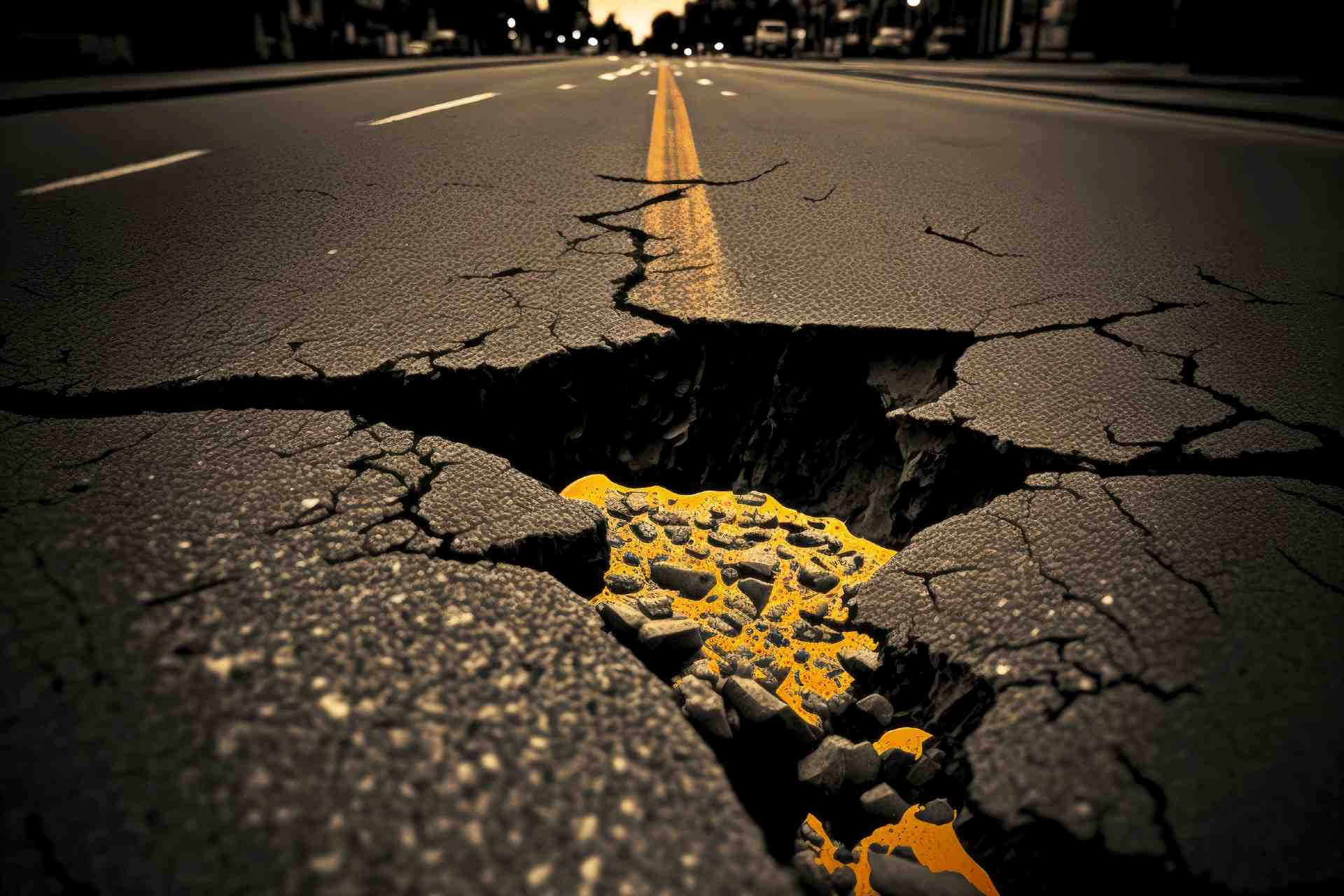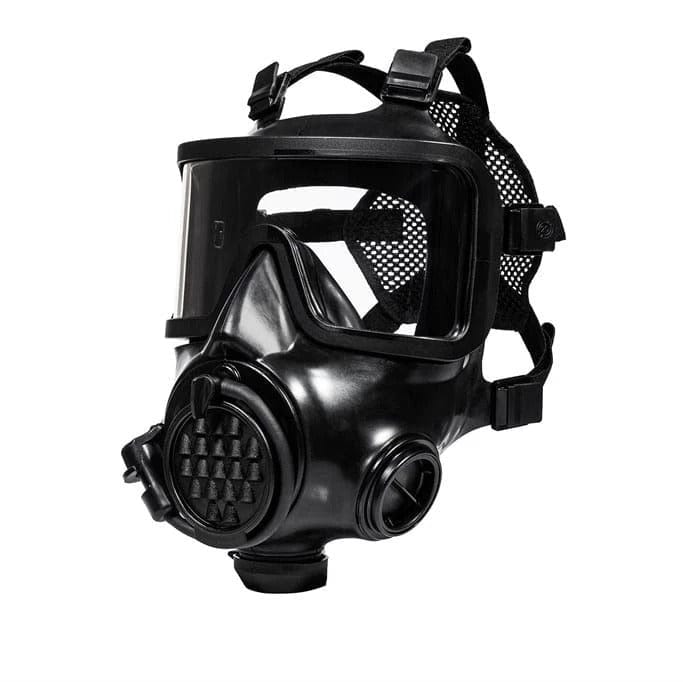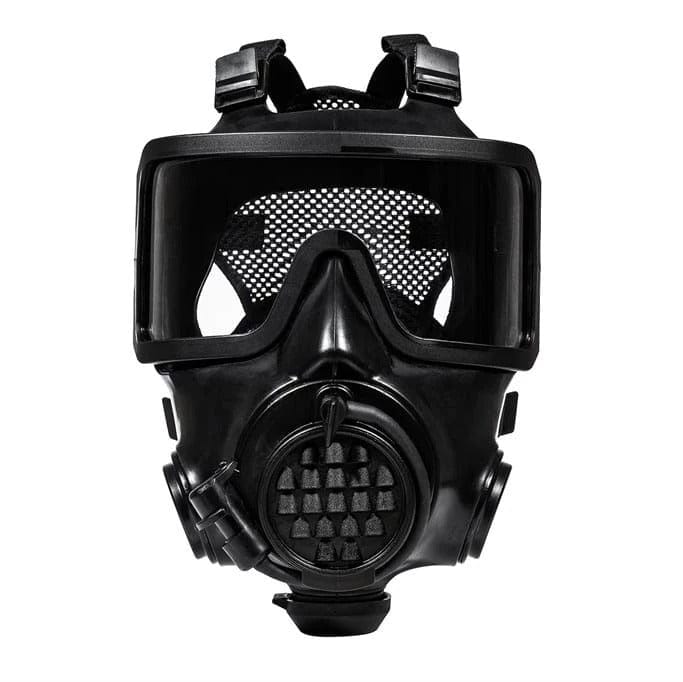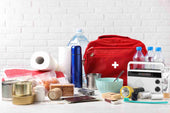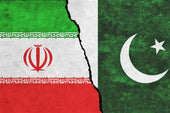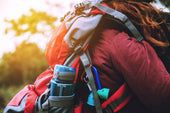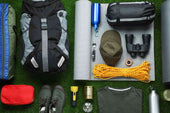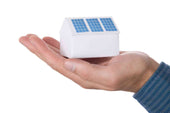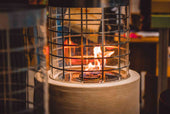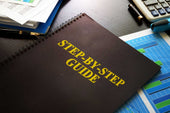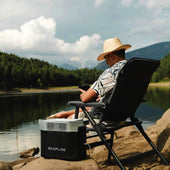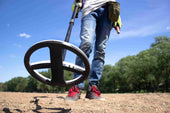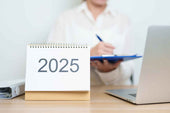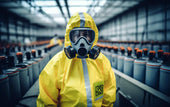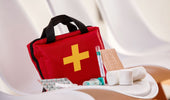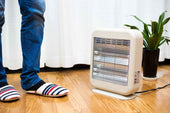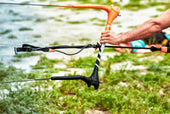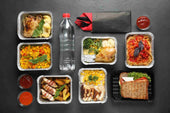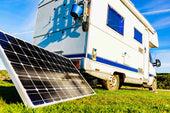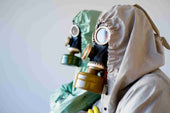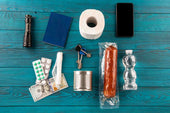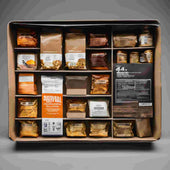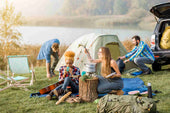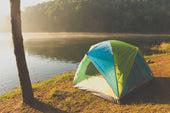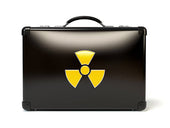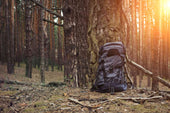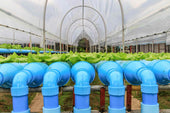This article introduces earthquake preparedness and provides a checklist for individual or household preparation.
Earthquake Preparedness
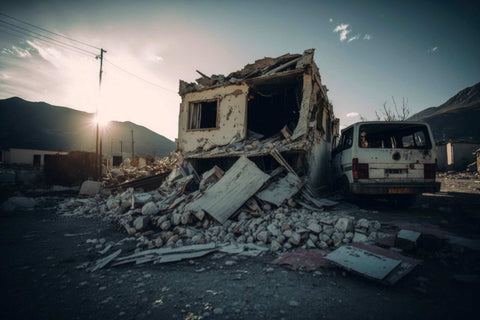
Earthquakes of the year 2023 have occurred in large numbers, affecting many people worldwide and killing around 66,900 people through the year of natural disasters; it shows the highest number since the year 2010. That figure should send shockwaves through the land and underscores the critical need for preparedness in all sectors.
Following are earthquake preparedness measures that can save lives and reduce impact:
Levels of Earthquake Preparedness
-
Individual Preparedness
-
Household Preparedness
-
Organizational Preparedness
Strategies: Daily drills, clear responses to emergencies, and safety protocols.
Earthquake drills in the workplace:
The insights into conducting effective earthquake drills at work are shown below.
Setting up an emergency response plan for businesses:
The video below shows how to develop an emergency response strategy crucial for employee safety and business continuity.
Effects: Employee protections, lower built environment susceptibility, and fast business operation recovery after a disaster.
-
Societal Preparedness
The devastating loss of lives in 2023 highlights the critical importance of systematic earthquake preparedness. Preparedness is achieved through measures implemented by the government and communities to reduce the devastating effects of earthquakes in the short and long term, saving people and ensuring a faster, more coordinated reaction.
Role of the government in earthquake preparedness
The government is central to protecting communities and minimizing the impact of natural disasters.
In other words, disaster preparedness is an indispensable part of disaster risk management, a holistic concept in which governmental bodies have a central role.
Building codes could be enforced or enacted, public education can be carried out, and rules can be enforced on all aspects before, during, and after to reduce risks significantly and strengthen the community.
Role of the Government |
How to Implement |
|
Developing and Enforcing Building Codes |
Another government responsibility is the development, implementation, and enforcement of strict building codes for developed structures that can withstand earthquakes. These regulations ensure that new constructions resist earthquakes and that the existing structures are ready to meet the safety standards. |
|
Public Education and Awareness Programs |
The government offers public education programs to educate people on the likely risks of earthquakes and the requisite mitigation processes to be taken. Such enlightenment entails putting together emergency kits, preparing family evacuation plans, and fixing heavy furniture, such as drawers and bookshelves, that may be in the house walls. |
|
Investment in Infrastructure and Urban Planning |
Investment in earthquake-resistant infrastructure is one of the major preventatives. This might include constructing bridges, roads, and public buildings capable of withstanding seismic activity to ensure the continuity of basic services following an event. |
|
Emergency Response Planning and Training |
The government sets out disaster response teams in different jurisdictions as part of disaster response planning and periodically exercises disaster response, ensuring quick and effective earthquake reactions. |
|
Seismology Research and Development |
Fund seismology and earthquake engineering research and support to develop new technologies and strategies for prediction, monitoring, and building design. |
|
Early Warning Systems and Deployment of Technology |
Early warning systems alert the population to prepare a few moments before the earthquake saves many lives. Therefore, governments work on deploying these technologies that can give important seconds to the communities to take cover. |
|
Resource allocation in disaster relief and recovery |
After an earthquake, one would require the necessary funds to execute relief work and further rebuilding. This may take money, aid in terms of health care, and other services or support to help people and businesses recover. |
|
Legislation and Policy Development |
The support will include developing and updating disaster risk reduction and management policies. Such will entail supportive legislation on comprehensive land use planning, environmental protection, and sustainable development that decrease earthquake risks. |
|
International Cooperation and Assistance |
Frequently, governments join hands with international agencies and neighboring states to enhance earthquake preparedness and responses. Sharing of knowledge, resources, and assistance can be of great help in enhancing the global capacity for handling earthquake disasters. |
These examples underscore governments' varied roles in earthquake preparedness and highlight the importance of proactive action, effective policies, and cooperation among different countries to make communities safer and stronger.
Now, check out the checklist below to equip the family before the earthquake attacks:
On-Hand Emergency Ideas
Sometimes, we must find out where and when an earthquake will occur.
Thus, it is best to have emergency supplies at home, in the office, or one's car. These can be easily bought at local shops worldwide.
Here are some examples:
Food

Keep a supply of non-perishable food according to the family’s diet.
Consider the food of the babies and those with special dietary restrictions. Make sure that it can be replenished regularly.
Discard food that is already expired because this might cause further health problems.
Opt for goods that last at least 72 hours, such as canned or dehydrated foods. Read the product labels to be guided accordingly.
Some dried fruits or cereals should also be included in the package as suitable sources of nutrients. When buying groceries, avoid foods that will make you thirsty.
For example, choose salt-free crackers, canned goods with high liquid content, and whole-grain cereals. These products do not require extensive preparation.
In times of disaster, one does not have the luxury of cooking food that needs long hours.
However, prepare the essential kitchen utensils to aid in times of need.
Examples of these are a knife and can opener.
Water
Apart from the solids, store enough liquid for the family, including at least one gallon of water per person daily.
An active person will drink at least ½ gallons of water daily. However, water needs vary depending on physical condition, diet, activity, climate, and health.
Thus, children, pregnant and ill family members need more water. A hot and crowded environment may make one thirsty and thirsty for lots of water.
Men can’t go for a few days without food but can survive longer with even water alone.
Bottled Water
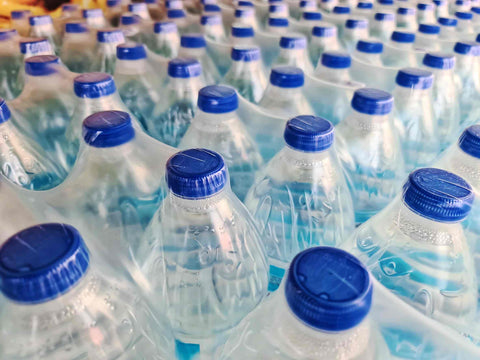
Opt for bottled water during emergencies.
Keep the water in its original container, and wait to open the seal until needed. Be aware of its expiration date and replenish it once the supply is depleted.
Meanwhile, if you prepare your water supply, choose airtight, food-grade water storage containers and clean them with water and soap.
After that, store the water supplies in a cool, dark place. Replace the water containers every six months.
Purifying Water
If bottled water becomes unavailable, don't worry—there are other ways to purify water and make it safe for drinking.
The first method is boiling, which is the safest known to humanity. Heat the water to a boiling point for up to one minute.
Then, filter the water through a coffee filter or clean cloth.
Another method is bleaching. Make sure not to use a color-safe, scented, or bleacher with added cleansers because the chemicals might harm the body. Put the bleach on the water, let it settle, and filter using a clean cloth or coffee.
Although this method of purifying water is suitable, some people do not like it because it produces a chlorine smell, which they find rather frustrating.
Lastly, disinfection tablets containing chemicals such as iodine, chlorine, and other disinfectant agents can disinfect water.
Just follow the instructions of the pills before putting them in the water.
Portable Radio, TV, and Some Batteries
The signal may be jammed after an earthquake, causing telephones, cell phones, and other gadgets to lose connection.
Having updates regarding the scenario in the area can be challenging.
Even texting loved ones outside the home can be problematic, especially if the internet needs to be fixed. We have a portable radio, TV, and some batteries in this regard.
With this, survivors can update the news regarding the incident and evacuate if it’s safe.
First Aid Kit plus the Manual
Maintain a first aid kit to tend to wounds or other illnesses. It shall contain some antibiotics, cotton, wound solution, and others.
The equipment must also include a manual to guide the response accordingly. Orient each family member to know what to do, even if they are outside the home when an earthquake happens.
Fire Extinguishers
Have some fire extinguishers inside the home and even in the car. Fire extinguishers come for certain fires like gas, grease, or electrical fire.
Meanwhile, Class ABC can be used for any kind of fire. Ask the local fire department to determine which product is the best for the household.
Flashlights and Extra Batteries
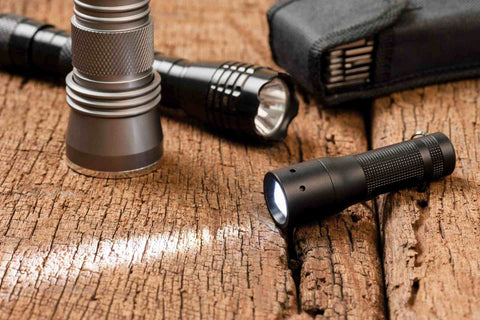
It is an excellent practice to keep a flashlight beside the bed.
I have one, too, at work and in my car. During calamities, there can be power outages.
Thus, a light source is essential. It can signal help to rescuers, so have one permanently.
Though light sources are essential during disasters, experts do not advise using candles and matches after an earthquake because gas leaks might be nearby.
Invest in a powered generator inside the house for an unlimited power supply. This can store electricity for long hours and days.
Electric gadgets can be charged, and one can communicate with loved ones and authorities when needed.
Special Needs
According to FEMA, having a supply of special needs items is appropriate.
These are extra eyeglasses, medications, hearing aid batteries, sanitation items, and contact lens solutions.
If there are babies, prepare the formula milk, pacifiers, bottles, and diapers in advance.
For millennials, get some extra batteries, chargers, or portable internet for the gadgets. With this, one can be connected to the outside world, even if the connection becomes an issue.
Also, this can help the household update with news and communicate with authorities.
Cash and Important Papers
The ATMs and banks might be closed after an earthquake.
Thus, they have some cash or coins in their wallets. If they need to be evacuated, they can spend little on food, gas, etc.
Also, ensure that the copies of credit and other essential documents like insurance policies and financial records are safe and easy to reach when needed.
Clothes
After natural calamities, clothes are essential to keep one warm, especially in cold climates.
Also, make sure that the bedding is clean and available when necessary.
Some things to have in advance are a jacket, shirt, hat, gloves, pants, undergarments, shoes, socks, blankets, and sleeping bags.
Pet Needs
Those who have pets should identify a safe place for them.
Gather the necessary supplies and ensure that each has an ID. Prepare the food, water, vitamins, and clothes.
Furthermore, they should have a carrier or a leash to keep them close when an aftershock strikes. When necessary, they should be put inside the cage.
This is true for cats, hamsters, birds, and dogs. When the pet is lost, finding it might take time and effort. Thus, keep them as close as possible.
Tools
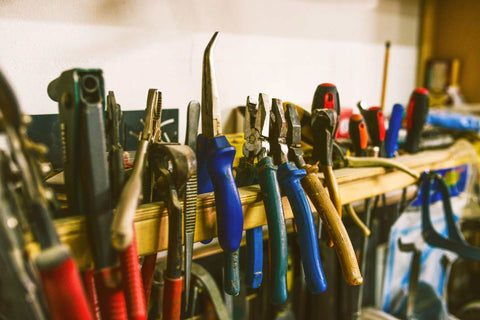
Prepare some essential tools inside the home or in the car. This includes a pipe wrench, adjustable/ crescent wrench, saw, and hammer.
Prepare a whistle, matches, scissors, or lighter, and place it in a waterproof container.
Home Preparedness
When the earthquake occurs, turn off the home's utility services and ask each family member to turn off the electricity, gas, and water outlets.
For more information, consult the local utilities. Locate the water meter box and turn off all the water sources on the premises.
One can find a valve that looks like the gas meter valve inside the meter box. Turn it in the same direction as one does in the gas meter.
Meanwhile, turn off the gas if the emergency exits. If the gas needs to be restored, have a professional do it instead.
Familiarize the Earthquake Drill
Apart from preparing the kit and the home before an earthquake strikes, familiarize yourself with the drill.
With this, the family will be conditioned to react correctly and spontaneously whenever shaking happens.
Here are some examples of how to do it:
When Indoors
Family members must know how to drop, cover, and hold on during an earthquake. It's recommended that they protect themselves in a safe spot.
Examples of these are a sturdy table or against inside walls.
Be aware of the danger spots near breaking window glass, falling mirrors, falling chimneys, and other unsecured types of furniture. It is not advisable to move immediately when covering since there is a high risk of encountering some injury.
Assess the environment first, then proceed when it is safe. Take the elevators instead of the stairs.
Protect the head with a pillow when one is in bed during the earthquake.
When Outdoors
If an earthquake happens and one is outdoors, place oneself in a safe location.
This is true, especially for children.
If you live in a coastal area, be aware of a tsunami. Communities have local tsunami hazard maps, so familiarize yourself with them.
Move away from tall buildings, streetlights, electrical posts, and big trees. Stop as quickly as safety permits—pullover and stay inside the vehicle if one is driving his car.
Don’t drive on deteriorating bridges or overpasses. If you have a severe medical emergency, send an emergency assistance request through a GPS tracking device or satellite messenger.
Finally, family members should be trained on what to expect physically and emotionally after an earthquake.
When trapped under debris, do not panic and think of an escape. Use a whistle, flashlight, or any gadgets on the body.
As a last resort, shout when necessary to get people's attention nearby.
When the Earthquake Stops
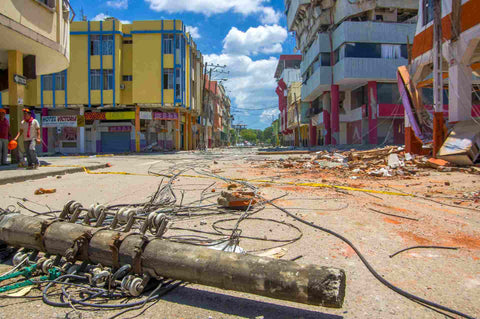
When the earthquake stops, orient the family members to check if anyone has injuries.
If someone has stopped breathing, give CPR, but follow the guidelines set by the American Heart Association.
If there is any bleeding, apply direct pressure to the wound. Do not move any person who is seriously injured. Cover them with blankets to keep them warm while medical assistance is on the way.
Report the emergency immediately to medical personnel. Send a message or call them.
Put out small fires that you can see or smell. If it’s impossible to put out the fire yourself, call the fire department for help. Use a flashlight to inspect the home for other possible damages.
Do not touch broken appliances or downed lines, which might cause electrocution. To prevent injuries, clean up the spilled gasoline and other flammable liquids.
Avoid driving or sightseeing on damaged properties. Do not interfere with the authorities' relief and rescue efforts.
Stay inside instead and protect the members of the household.
Lastly, prepare for any aftershocks. The aftershocks can be less violent than the main ones.
However, there are instances when aftershocks cause additional damage to the properties and the death of loved ones.
Plan to Reunite
Whenever the family members were outside the home when the earthquake happened, prepare a place to reunite.
Take the food, water, and other necessities. Bring cash, gadgets, and other essential documents.
Some reunion points are the home, neighbors, school, or community centers. If family members are missing, keep calm and wait for them at the reunion points.
If communication is impossible and the member is still missing, report the issue to the authorities to ask for assistance.
Check for Hazards
-
Put out tiny fires. If not, leave your house immediately, tell your neighbors, and call the fire department.
-
To check out your home, use a flashlight that runs on batteries. Before going inside, turn on the flashlight outside since the batteries could spark and start a gas leak if one exists.
-
Check for damage to the water, gas, and electrical systems, as well as the appliances. You should close the main valve from the outside if you smell gas or spot a broken line. Restarting the electricity should wait until the power provider first inspects your house. Keep in mind that to restart the gas, a specialist is required. Don't use a lit match to look for gas leaks.
Use caution when using switches or appliances if you suspect gas leaks since sparks can cause gas from broken pipes to ignite.
-
If your home's wiring has been damaged, turn off the electricity. If you feel unsafe, leave your house and call for assistance.
-
Avoid touching downed power lines or broken equipment.
-
Look for damage and cracks in the building, especially near chimneys and masonry walls. If the structure collapses, leave right away. Use replacement parts only if the chimney is undamaged and unbroken.
-
Clean up spilled liquids, including gasoline, bleach, and prescription medications.
-
Before using the toilet, ensure the water and sewage pipes are secure. Drain plugs can be placed in the sink and bathtub.
-
Check your food and water supplies. If the water is switched off, use emergency supplies such as melted ice cubes and water heaters. All potentially rotten or tainted food should be thrown away.
-
Examine the cabinets and closets. Open doors with caution. Watch out for items falling off shelves.
-
Grills made of charcoal or gas should only be used outside for emergency cooking.
-
Avoid driving unless there is an emergency. Avoid visiting damaged areas for sightseeing; doing so will not help the relief effort. Also, a clear path for emergency vehicles to travel on the roadways must be maintained.
-
Be ready for aftershocks. Although these quakes are usually less intense than the primary ones, they can still weaken structures and inflict further damage. Stay away from damaged areas unless specifically instructed by police, fire, or relief organizations.
Conclusion
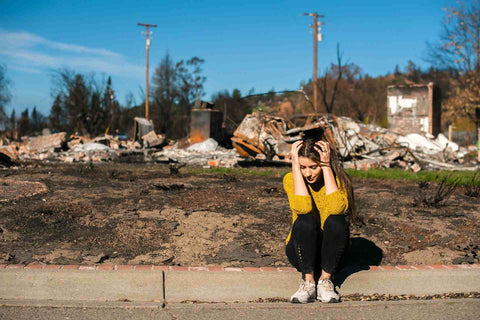
In a nutshell, an earthquake is inevitable.
However, we can mitigate its effects on the family and the community with preparation. Japan has lovely mitigating plans that the United States can adapt accordingly.
As a country in the Pacific Ring of Fire, its goals are not to stop earthquakes but to go with its flow.
The tips mentioned above are some of the most common recommendations by experts. Depending on the family's strategy, more actions may be needed.
Always remember to put your mind above all else. After all, the lives of our family members are essential.
So, be sure to take all possible means to prevent the injury or death of a loved one. Surviving an earthquake is easy if we can learn to react accordingly.

